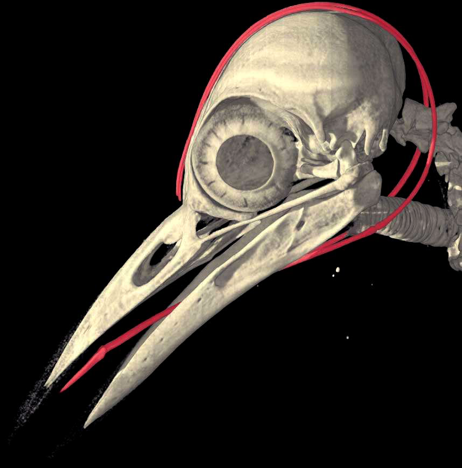Species of the Month
The Black-Backed Woodpecker (Picoides arcticus)
This very rare bird depends upon large patches of habitat created when high-intensity fire burns in dense, old conifer forest. This habitat is only suitable for Black-Backeds for about 7-8 years after a fire burns, at which time they must find a newly created high-intensity fire area within 30 miles or so of their current home. The larger the high-intensity fire patch and the larger the trees the longer an area remains suitable. Post-fire logging projects eliminate their habitat and their presence in these areas.
[gallery columns="2" link="none" ids="199,428"]
Black-Backed Woodpeckers are specifically designed to fit into the burned landscape. They are highly camouflaged, with their jet black backs protecting them from predators. They have only three toes, instead of four (one of only two bird species in North America with this feature) which gives them added heel mobility and enhanced strike force, making it possible for them to forage and excavate nest cavities in recently killed trees (otherwise known as hard snags). In fact they mate for life, and excavate one or more new nest cavities every year. They are quite simply the homebuilders of the burned forest as their unused or old nest cavities provide nests for other animals such as mountain bluebirds, nuthatches and flying squirrels, to name a few. Because this woodpecker strikes dead trees (snags) which have not yet decayed with such force they evolved with fluid sacks in their skull which fill up before each strike (similar to an air bag in your car), protecting their brain from impact.
[audio mp3="https://johnmuirproject.org/wp-content/uploads/2014/10/1001_1.mp3"][/audio]
Unfortunately there exist no protections for this unique and important animal or its habitat, which is why the John Muir Project and the Center for Biological Diversity have petitioned to have it protected under both the California and Federal Endangered Species Acts.

